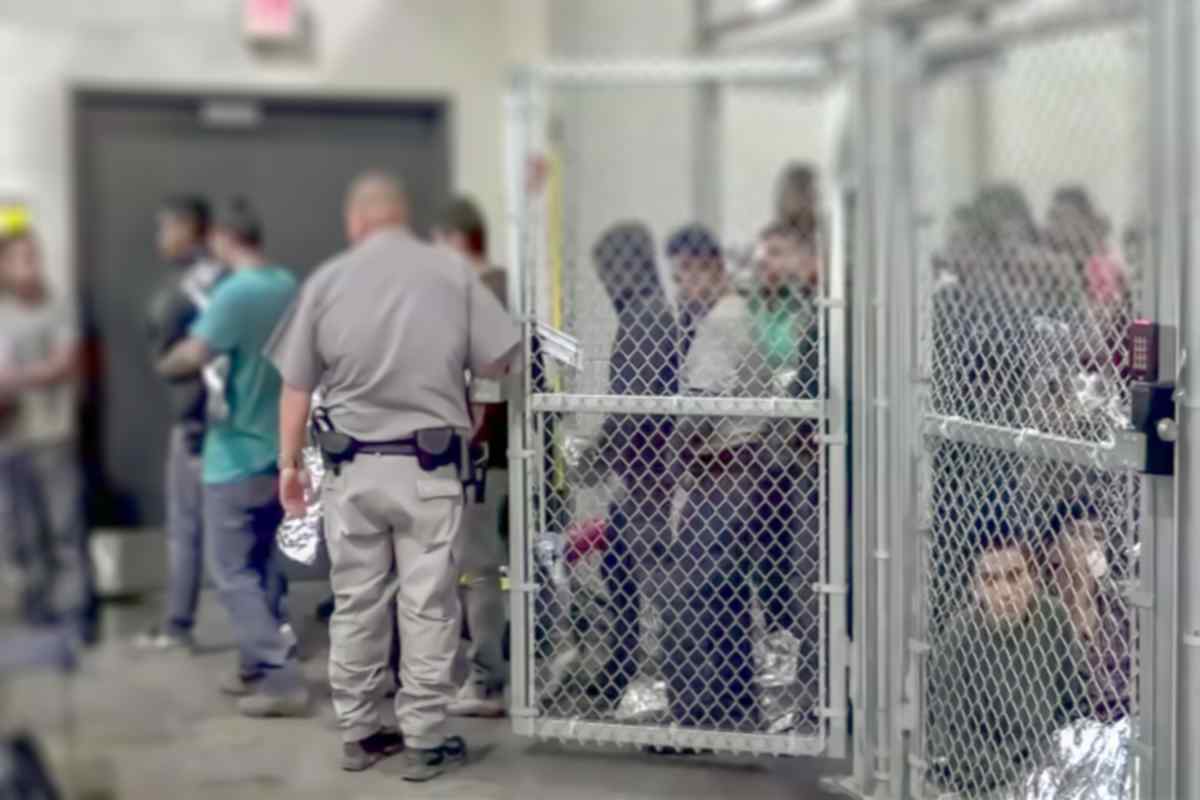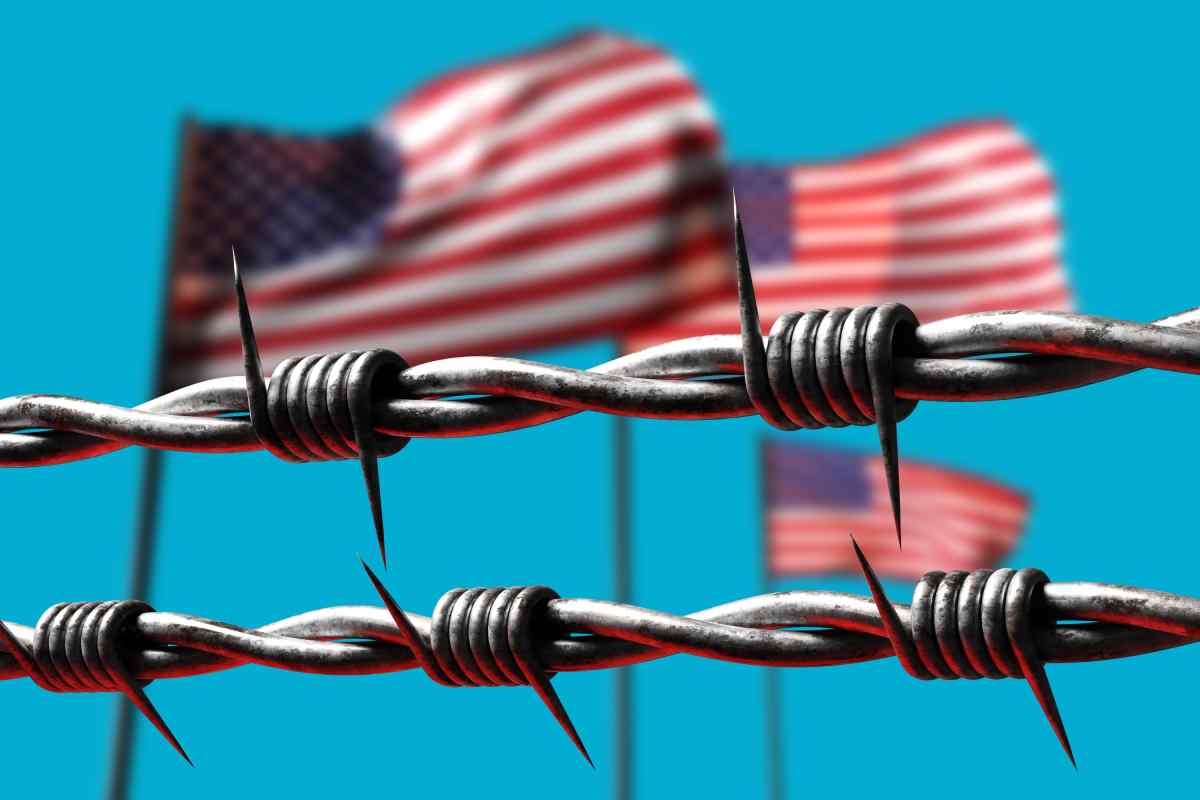
The United States and its immigration policies confine individuals who are awaiting immigration proceedings or deportation. These detainees are kept under the supervision of Immigration and Customs Enforcement (ICE) centers. Here, they undergo a range of conditions and procedures. It’s crucial to understand immigration detention center conditions.
If you are an immigrant placed in immigration detention by ICE, you will be housed at a detention facility until you are granted bond. Men and women are housed in separate detention facilities. However, women and children seeking asylum may be housed together in family detention facilities.
It is important to note that ICE may not disclose the expected duration of detention if the bond is not granted. This lack of information can understandably be unsettling for those subjected to immigrant detention center conditions.
Types of Facilities and Location
It is important to note that detention centers come in various forms and can be located in different places. Some are specifically designed for immigration detention, while others are sections within local jails or prisons. Some of these facilities are situated in remote areas, posing challenges when accessing legal support and arranging family visits.
The standard of immigration detention living conditions depends greatly on the contractual arrangements. These contracts are between the Department of Homeland Security (DHS) and the organization operating the facility.
- Facilities holding individuals in ICE custody must follow the Performance-Based National Detention Standards (PBNDS). These guidelines for immigrant conditions in detention centers are regularly updated and have become stricter over time. Immigrants arrested for criminal violations are held separately in state, local, and federal detention facilities.
- While DHS agencies may contract for space in facilities like county jails, it’s important to note that criminal detention is a separate category. Non-dedicated ICE facilities, including contracted facilities that are not exclusively used for immigration detention, are subject to ICE’s self-issued National Detention Standards (NDS).
- ICE also has separate Family Residential Standards (FRS) for facilities that house families.
In 2013, Congress instructed ICE to implement the PBNDS at all ICE facilities within a year. However, as of the end of 2019, only 72% of detained immigrants were held in facilities subject to the PBNDS.
Immigration Detention Center Living Conditions
Immigrant conditions in detention centers have faced widespread criticism due to reports of overcrowding, limited privacy, and sometimes unsanitary conditions. Access to basic necessities like food, water, and healthcare is often inconsistent and inadequate.
These immigration detention center living conditions have been scrutinized for how immigrants are treated. For instance, a report on the Winn Correctional Center in Louisiana highlighted systemic medical neglect, incidents of racist and homophobic abuse, and poor living conditions.
Access to Physical and Mental Health Care
Healthcare services have been a significant concern surrounding immigrants’ conditions in detention centers. Numerous reports highlight inadequate medical care, with cases of detainees not receiving proper medication for serious health conditions. One tragic instance in Georgia involved a detainee who passed away due to a lack of appropriate medication for diabetes and high blood pressure.
A report from the Washington Examiner also uncovered the barbaric treatment of some detainees. In Michigan, a man was returned to the open population space of the jail after surgery. This was done despite having surgical drains still in his body and an open wound.
Correctional officers in Pennsylvania restrained a mentally ill man in a chair. Then, a female officer used a pair of scissors to cut off his clothes during a strip search.
The impact on mental health caused by detention, combined with the uncertainty of immigration proceedings, can be significant. Detainees often experience psychological stress, anxiety, and depression. Reports have also highlighted the use of solitary confinement and other harsh treatments.
Legal Process and Representation

Detainees, unfortunately, frequently find themselves entangled in complex legal processes that can be incredibly overwhelming and confusing to navigate. Their already difficult situation is worsened by the lack of adequate legal representation to advocate for their rights. Sometimes, they don’t have someone to guide them through the intricate immigration system.
Additionally, language barriers and limited access to essential legal resources further makes these challenges worse. This can leave detainees feeling even more daunted by the process ahead.
Detainees are placed into removal proceedings, which include hearings before an immigration judge. They have the option to apply for relief from removal, such as asylum, or contest their deportation. However, access to legal representation varies, and many detainees do not have a lawyer.
The immigration judge makes the decision on the detainee’s case. If the detainees are granted relief or bond, they may be released. Otherwise, they may face deportation. Detainees have the right to appeal unfavorable decisions, although this process can prolong their time in a detention center.
Duration of Detention
The length of time spent in detention can vary greatly. Some detainees are held for short periods, while others can be detained for months or even years. The duration of detentions depends on their case and the backlog in immigration courts.
The Role of Privatization
A considerable number of ICE detention centers are operated by private prison corporations. There is concern illegal immigrants face detention center conditions that are not up to standards. There is a widespread belief that the pursuit of profit can sometimes take precedence over the well-being of detainees.
As of September 2021, a staggering 79 percent of individuals are held in ICE custody in privately owned detention facilities. This fact raises concerns about the potential implications and consequences surrounding the use of private entities for detaining individuals, warranting careful consideration and scrutiny.
Get Help with an Immigration Bond Service
Being detained in an ICE facility can be a challenging and distressing experience. The immigrant detention center conditions vary, but there are significant concerns regarding the treatment of detainees. Access to healthcare, legal representation, and the impact on mental health raise concerns.
These illegal immigrant detention center conditions are in urgent need of improved oversight. This will ensure humane treatment and protect the rights of individuals in ICE detention. One way to avoid staying longer than required in a detention center is to get a request for a bond.
Need an immigration bond? Get help within minutes.